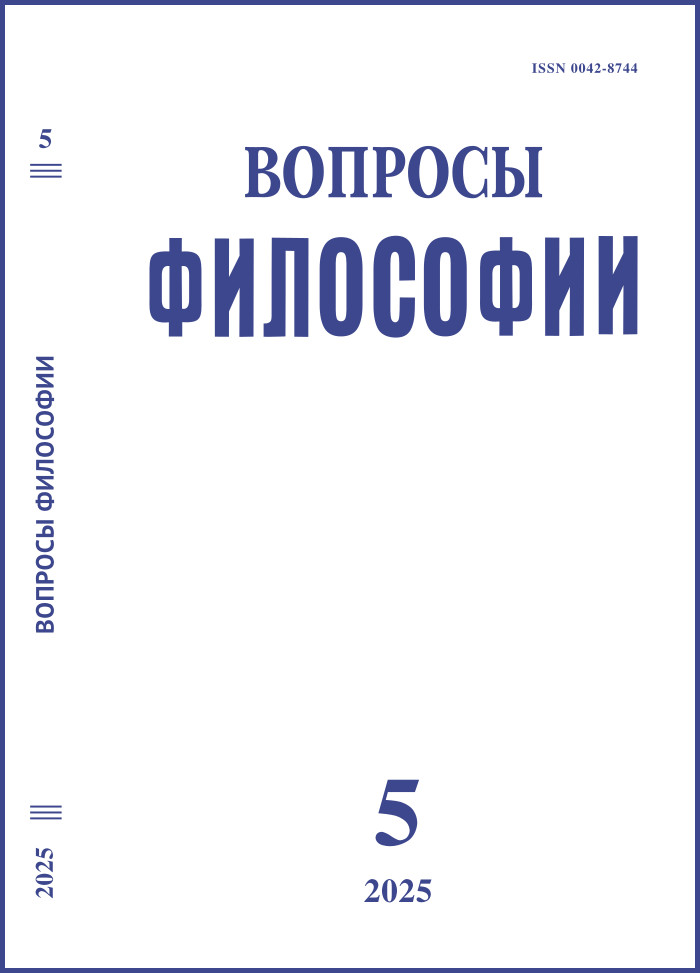Сурешвара о себе как ученике Шанкары: методологические выводы
DOI:
https://doi.org/10.21146/0042-8744-2025-5-118-127Ключевые слова:
методология истории философии, адвайта-веданта, перифраз, парадигма, ученик, учитель, экзегеза, текст, комментарий, теория «Смысл – Текст», Сурешвара, Шанкара, Р. Барт, И.А. МельчукАннотация
Статья отталкивается от примеров того, как Сурешвара (VII–VIII вв. н.э.) признает свои высказывания вторичными относительно текстов Шанкары, основателя адвайта-веданты (VII–VIII вв. н.э.). В ходе анализа рефлексии Сурешвары над тем, что побуждает его к написанию работ, автор статьи устанавливает две мотивации: полемическую и самообразовательную. Затем, рассмотрев корпус текстов адвайта-веданты сквозь призму теории знака Ролана Барта, автор делает вывод, что, по замыслу адвайта-ведантинов, тексты корпуса дают образец содержания, которое должно оставаться неизменным. Далее в статье используется теория «Смысл – Текст» И.А. Мельчука, которая позволяет формально описать, во-первых, отношения между текстами этого корпуса, во-вторых, разделение адвайта-веданты на противостоящие друг другу направления (Виварана и Бхамати) и, в-третьих, выделить стратегии полемики между текстами двух направлений одной школы и двух разных школ. Автор приходит к выводу, что тексты адвайта-веданты представляются как перифразы друг друга, а их создатели считают изменение философского содержания крайне нежелательным. В заключение на примере вопроса о допустимости отшельничества для кшатриев и вайшьев показано, каким образом, отталкиваясь от предыдущих выводов, возможно проблематизировать расхождения между Шанкарой и Сурешварой. Предлагаемая в статье методология имеет целью показать, как индийские мыслители определяют собственную роль внутри традиции, и позволяет лучше понять механизмы традиционной санскритской экзегезы авторитетных текстов как в целях апологетики, так и в целях сотериологической реализации.

